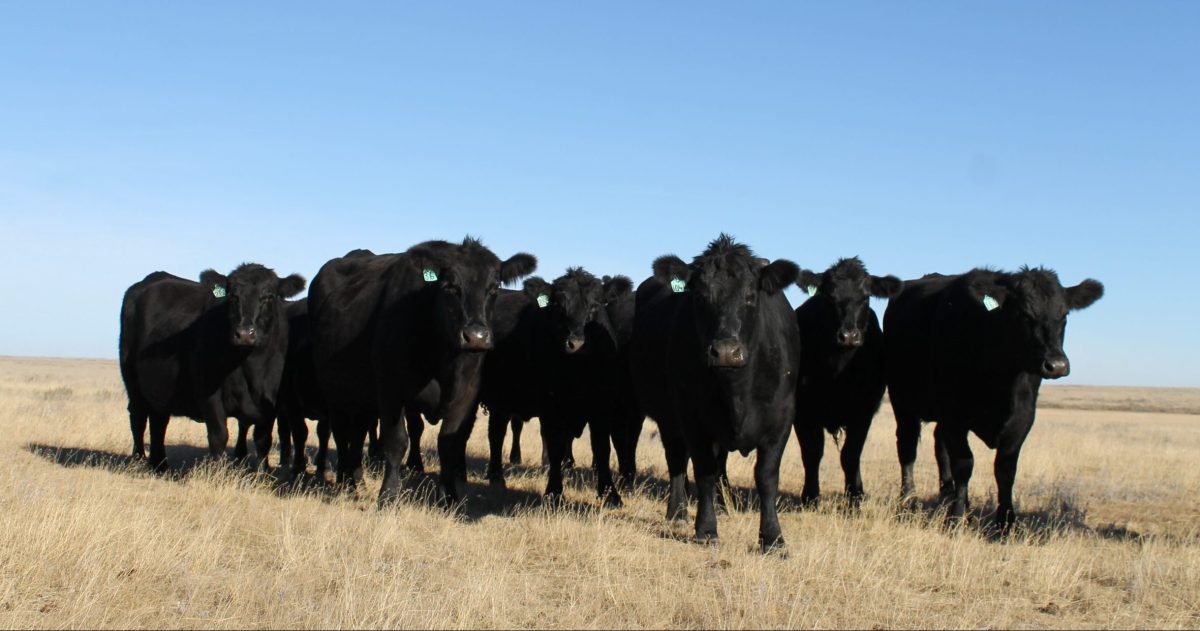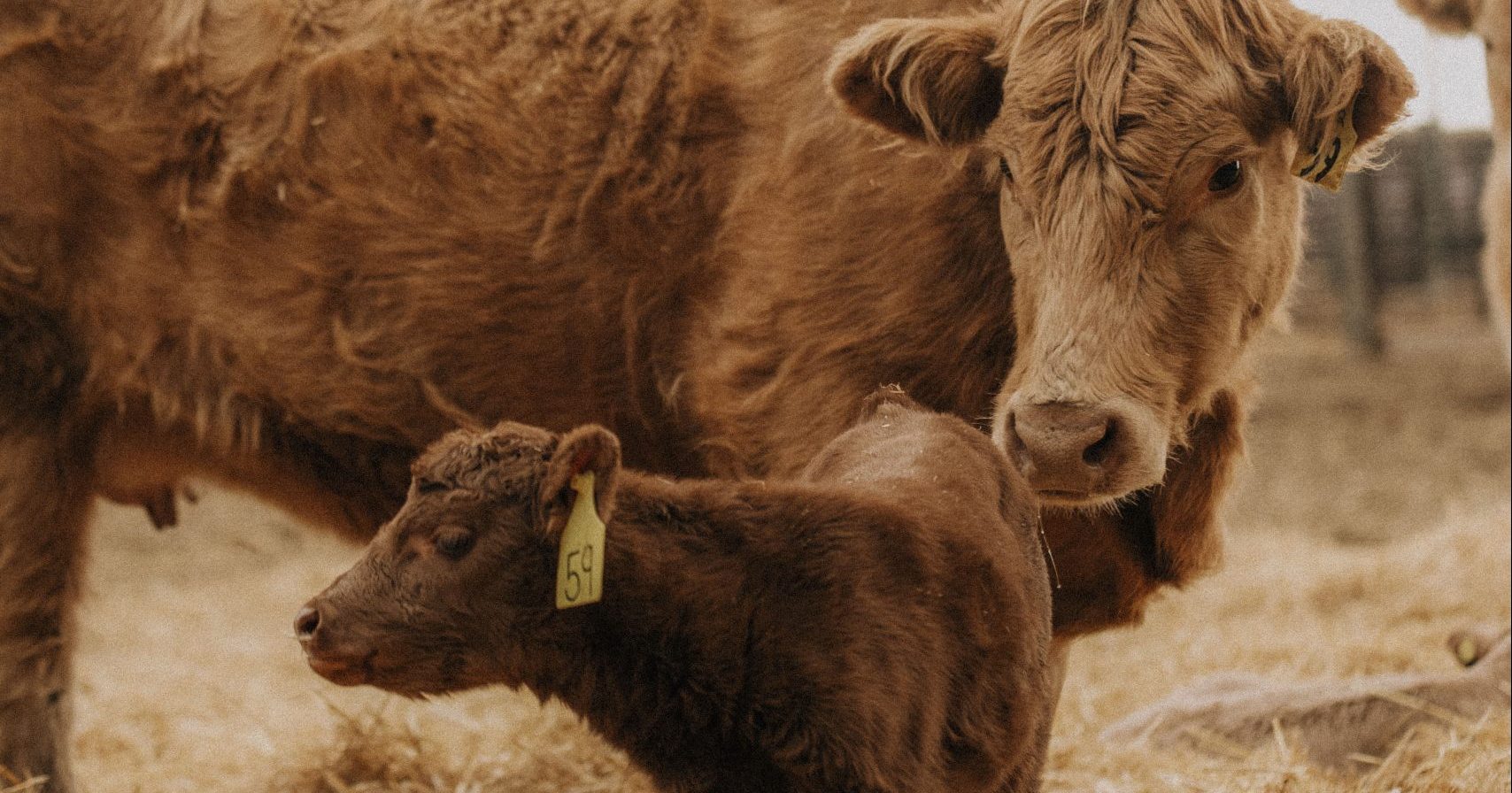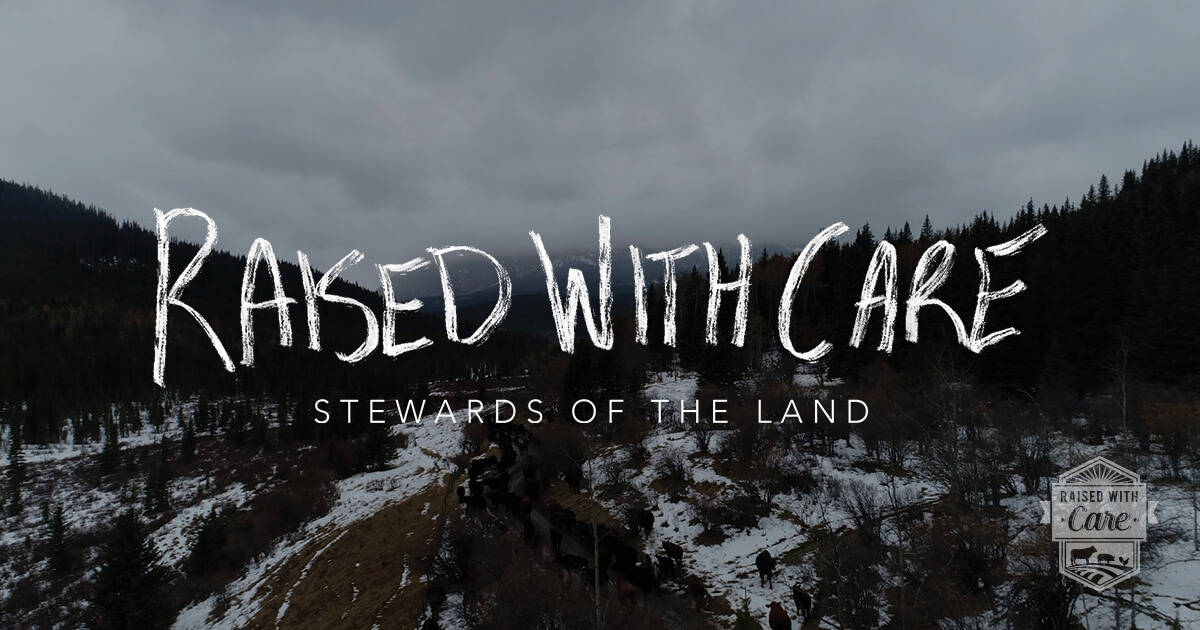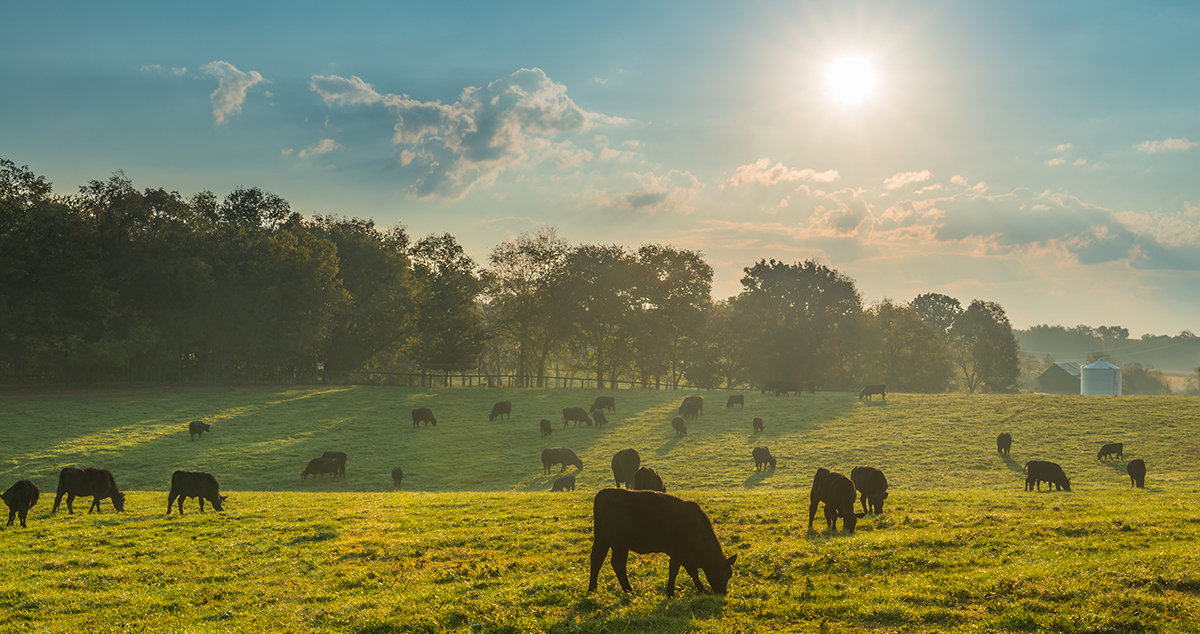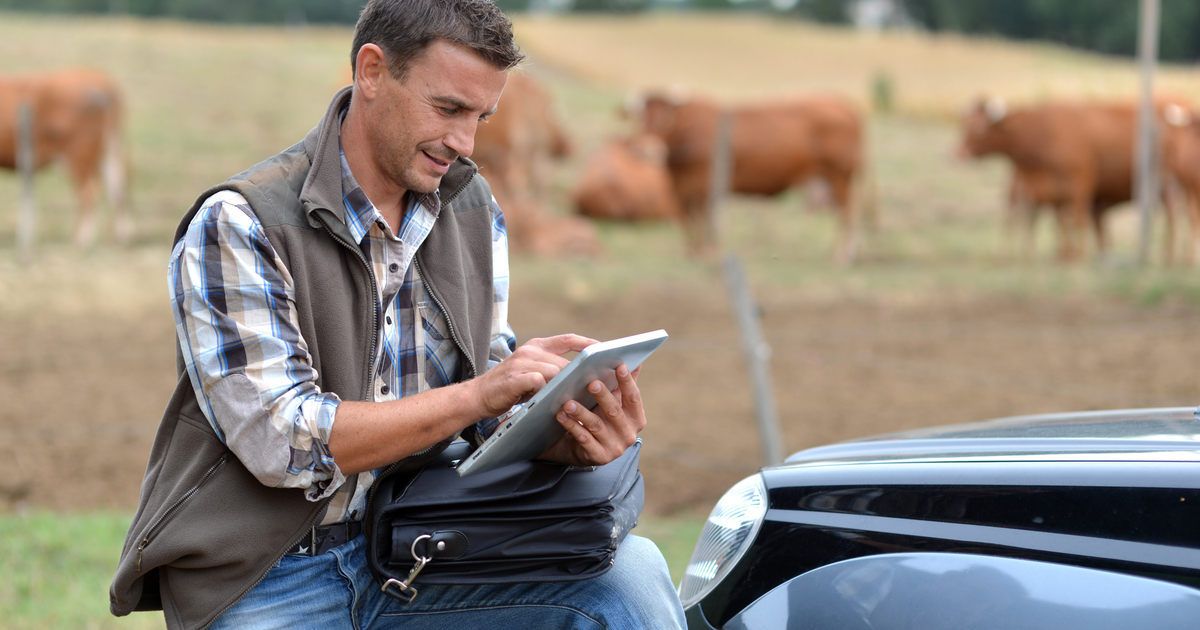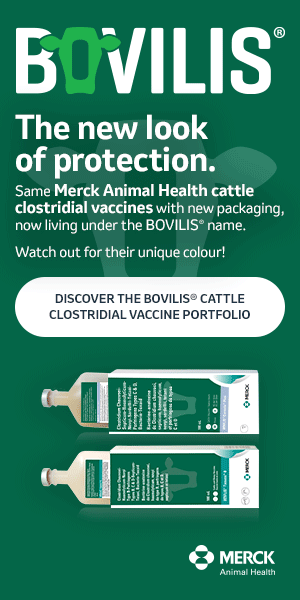AB Direct - Steers
Rail: 428.00 del
AB Direct - Heifers
Rail: 428.00 del
US Trade- Steers
Rail: ---
US Trade - Heifers
Rail: ---
Canadian Dollar
0.10
What We’re Reading | Taking pain management mainstream
Producers add pain medication to their routines and benefit their herds By the Beef Cattle Research Council Pain management for beef cattle has evolved significantly in the past two decades. Scientists have gained a greater understanding of what pain looks like in an animal and how reducing pain can affect an animal’s well-being. The beef…
Fact Sheet: What causes diarrhea in calves?
With calving season in full swing for many beef producers, the issue of calf scours may arise. Understanding the causes of this disease can help with our preventative efforts. This fact sheet, created through the Canadian Agricultural Partnership, provides valuable information on why a calf may be susceptible to scours, and the differences in major…
Winter stewardship…check
As the shortest and coldest days approach, now is the right time to prepare the herd for the worst winter might bring. We asked veterinarian Dr. Roy Lewis to help us check off chores to complete now, before the chilliest days arrive. Feed Start by ensuring you have secured enough winter feed for the size…
Cold stress: how much does it impact your operation’s bottom line?
What is cold stress? All mammals must maintain their internal body temperatures, with cattle averaging 38°C. Their body becomes stressed when environmental temperatures drop below the lower limit of the thermoneutral zone, the ‘lower critical temperature.’ Top factors that contribute to cold stress are cold weather, wind, wet weather, and lack of feed. Estimates of…
Locally made animal health solutions respond to Alberta producer needs
Beef producers can now have a say to help ensure their animal health needs are met through local pharmaceutical manufacturing. An innovative, family-run Alberta business is manufacturing animal health products right here in Calgary to meet industry demands. Alberta Veterinary Laboratories (AVL) and Solvet work together to “innovate by request”—seeking industry input about products that…
Giving cows and calves support after a hard calving
Dystocia, otherwise known as a hard calving, is a stressful and painful event for both the cow and her calf. To decrease the risk of dystocia, producers can maintain the cow’s body condition score between 3 and 3.5 and breed for smaller birth weights to reduce the risk of dystocia. However, there is no way…
Producer feedback to inform disease risk and vaccination initiative
An initiative supported by the Beef Cattle Research Council (BCRC) is looking to help reduce disease risk in western Canadian beef herds. As part of the process, project collaborators would like to hear from you. The link below is to a producer survey which will ask you a series of questions to gather your thoughts…
ABVMA proudly releases new documentary on antimicrobial resistance awareness
The Alberta Veterinary Medical Association (ABVMA) is pleased to announce the release of a new documentary called Raised With Care: Stewards of the Land Even before the global spread of a deadly virus had profound effects on businesses, schools, and entire economies, scientists had already sounded the alarm about another potentially catastrophic global public health crisis:…
National Farmed Animal Health and Welfare (NFAHW) Council – March update
The NFAHW Council has put together an informative March newsletter with information on Animal Health Canada’s 2021 priorities, the Canadian Animal Health Surveillance System, and updates from the Animal Health Emergency Management Project and Canadian Livestock Transport. Read the newsletter
Western Canadian Animal Health Network quarterly meeting reports available
The Western Canadian Animal Health Network (WeCAHN) recently held the third quarterly meeting of the beef network discussing animal health events and data from the beef sector during the period October-December 2020. Highlights included an update on the investigation into the Anaplasmosis outbreak in Manitoba last fall, as well as recent Bovine Leucosis Virus testing….




